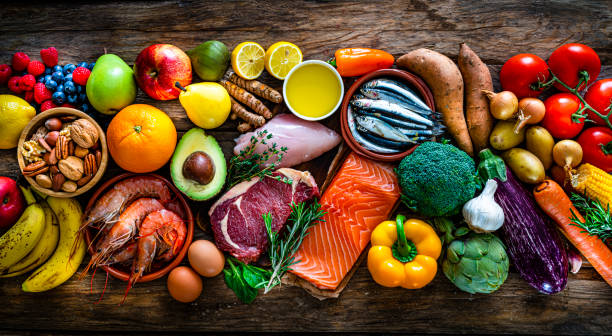
FAQ About Paleo Diet
Paleo Diet
2 years ago | gizem
Are there any guidelines for portion sizes on the Paleo diet?
- Prioritize protein: Protein is a central component of the Paleo diet. Aim to include a source of protein, such as lean meats, fish, seafood, eggs, or plant-based options like nuts and seeds, in each meal. A typical serving size of protein is around 3-4 ounces (85-113 grams), which is roughly the size of a deck of cards.
- Fill up on non-starchy vegetables: Non-starchy vegetables should make up a significant portion of your plate. Fill at least half of your plate with a variety of colorful vegetables. There are no specific portion guidelines for non-starchy vegetables, but aim to include a generous amount to add volume, fiber, and nutrients to your meals.
- Include healthy fats: Healthy fats, such as avocado, olive oil, coconut oil, and nuts, are part of the Paleo diet. While they are calorie-dense, they are also satiating. Be mindful of portion sizes to avoid excessive calorie intake, especially if weight loss is a goal.
- Moderate fruit intake: Fruits are allowed on the Paleo diet but should be consumed in moderation due to their natural sugar content. A serving of fruit is typically one medium-sized fruit or a cup of berries. Spread your fruit intake throughout the day and pair it with protein or healthy fats to help balance blood sugar levels.
- Be mindful of starchy vegetables and carbs: Starchy vegetables, such as sweet potatoes or winter squash, can be included in moderation on the Paleo diet. Pay attention to portion sizes and consider your overall carbohydrate intake if you have specific goals like weight loss or blood sugar control.
- Listen to your body: The Paleo diet encourages mindful eating and paying attention to your body's hunger and fullness cues. Eat until you feel satisfied, not overly full. Remember that portion sizes can vary depending on factors like age, gender, activity level, and individual needs.
